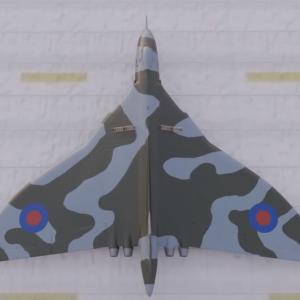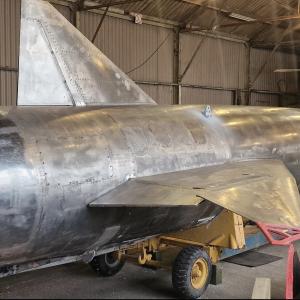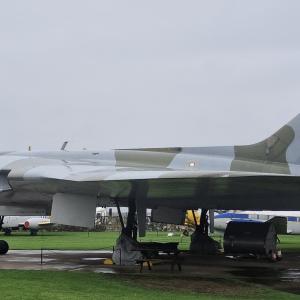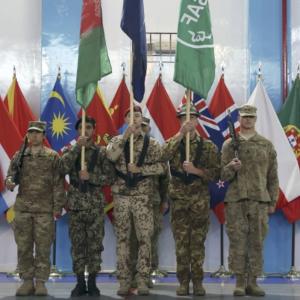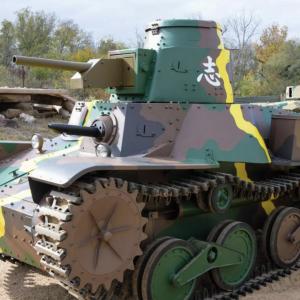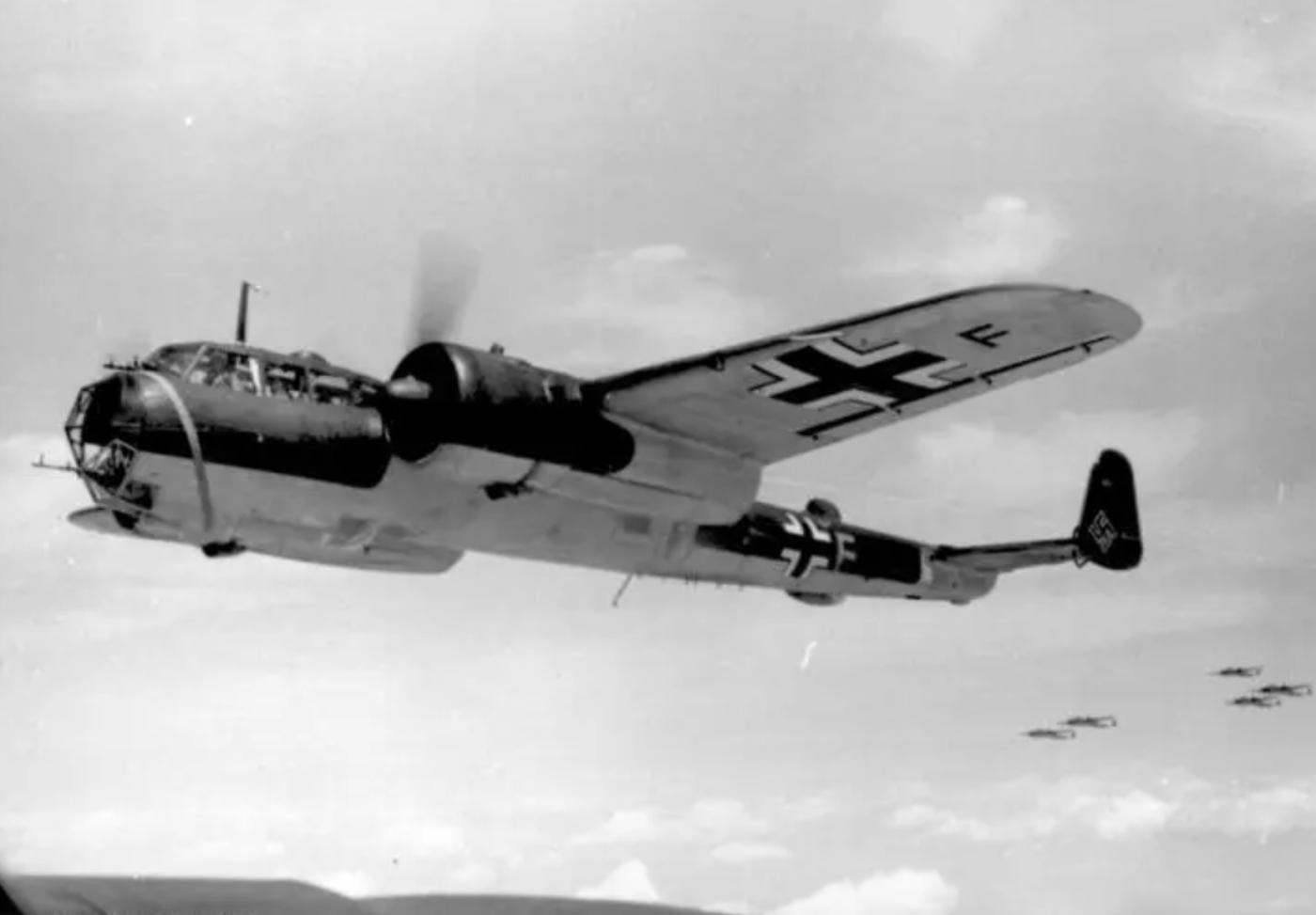
Dornier-Do 17 bomber
The Dornier Do 17 was a twin-engine light bomber developed by the German manufacturer Dornier-Werke GmbH in the early 1930s. It was initially conceived as a fast mail plane and commercial transport aircraft but was later adapted for military use. The design was spearheaded by Claude Dornier and his engineering team, who responded to a 1932 German Air Ministry specification for a high-speed aircraft that could serve in both reconnaissance and bombing roles. Its slim, elongated fuselage led to the nickname "Fliegender Bleistift" or "Flying Pencil," and this distinctive silhouette became one of the hallmarks of the early Luftwaffe bomber force. The prototype first flew in 1934, and following various refinements, including modifications to its nose and powerplant, it entered military service by 1937. The aircraft was produced by Dornier and also under license by other German manufacturers including Siebel and Henschel, with several thousand units eventually built across various models.
The standard crew for the Dornier Do 17 was typically four: a pilot, a navigator/bomb aimer, a radio operator, and a rear gunner. In some configurations, particularly the reconnaissance versions, a fifth crew member might be included. The layout inside the narrow fuselage was compact, with the cockpit and nose glazing providing good visibility for the pilot and bombardier, although crew comfort was limited due to the aircraft's slender structure. The Do 17 was equipped with multiple defensive machine guns positioned in dorsal, ventral, and nose mounts, though it was never heavily armed in comparison to its contemporaries. The maximum bomb load varied slightly depending on the model but generally ranged from 500 to 1,000 kilograms (about 1,100 to 2,200 pounds) carried in an internal bomb bay. The most commonly used versions during the Second World War could carry up to twenty 50 kg bombs, or a combination of larger ordnance and incendiary devices, depending on the mission requirement.
Operationally, the Dornier Do 17 first saw combat in the Spanish Civil War where it was deployed by the German Condor Legion in support of Francisco Franco's Nationalist forces. The lessons learned in Spain influenced Luftwaffe tactics and the evolution of the Do 17's design. When World War II erupted in 1939, the Do 17 formed a key component of the Luftwaffe’s bomber fleet and was involved in the early Blitzkrieg campaigns across Poland, Norway, France, and the Low Countries. It performed daylight bombing, low-level attacks, and close support missions with notable effectiveness due to its speed and agility for a bomber of its class. However, its relatively light bomb load and limited defensive armament made it increasingly vulnerable as Allied fighter capabilities improved. During the Battle of Britain in 1940, the Do 17 suffered significant losses, particularly due to the RAF's more agile and heavily armed fighter aircraft. The aircraft’s slim profile did provide some defensive advantage, making it a more difficult target to hit from certain angles, but this was not enough to counter the growing superiority of enemy defenses.
As the war progressed and more capable German bombers like the Junkers Ju 88 and Heinkel He 111 came to the fore, the Do 17 was gradually phased out from frontline service in bombing roles. Nevertheless, it continued to serve in secondary capacities. Some variants were adapted for use as night fighters, equipped with radar and heavier forward-firing armament to intercept Allied bombers under the cover of darkness. Others were used for reconnaissance, training, target towing, and as testbeds for various Luftwaffe research and development programs. The aircraft was also exported in small numbers before and during the early stages of the war to nations such as Yugoslavia, Finland, and Bulgaria. Finnish forces, for instance, operated the Do 17 during the Continuation War against the Soviet Union. Production of the Do 17 ceased in 1940 as more modern aircraft took its place, and by 1942 it had largely disappeared from front-line units, though it lingered in peripheral roles for some time thereafter. Despite its eventual obsolescence, the Dornier Do 17 holds a notable place in aviation history as one of the Luftwaffe’s earliest purpose-built bombers and a symbol of Germany’s early-war aerial strategy.

